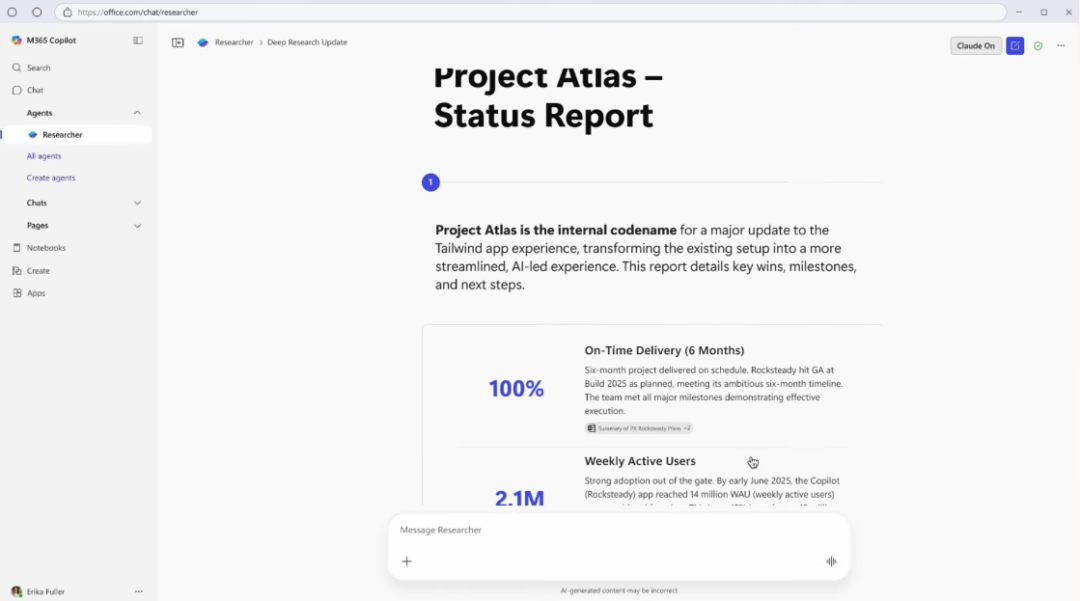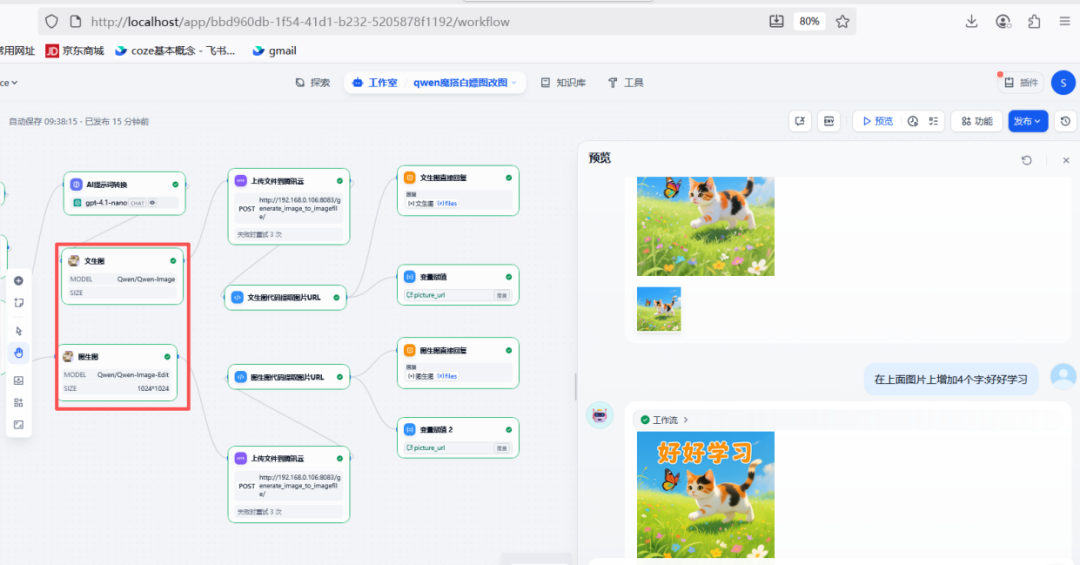Lightweight Device Deployment Solution
For resource-constrained devices (such as edge devices or low-profile PCs), deployments can be optimized by following these steps:
- Precision Adjustment: Load the model with the
torch_dtype=torch.bfloat16configuration, the memory footprint can be reduced by about 40%, with less performance loss on GPUs supporting BF16 - Layered loading: Settings
device_map="auto"parameter to allow the system to automatically allocate models to GPU/CPU, prioritizing graphics memory and supplementing it with system memory when it is insufficient - Hardware SelectionMinimum recommended configuration is 8GB video memory GPU or 16GB memory system, Raspberry Pi and other devices need to be implemented through bitnet.cpp
Advanced Optimization Scenarios:
- utilization
bitnet.cppSpecialized framework (needs to be compiled from GitHub) that improves inference speed by ~30% compared to the standard Transformers library - Convert the model to GGUF format (using the llama.cpp toolchain), support 4-bit quantized versions, and compress the size to about 1.5GB
- Turn off think mode when deploying (
enable_thinking=False), suitable for real-time demanding dialog scenarios
This answer comes from the articleQwen3-8B-BitNet: an open source language model for efficient compressionThe






























